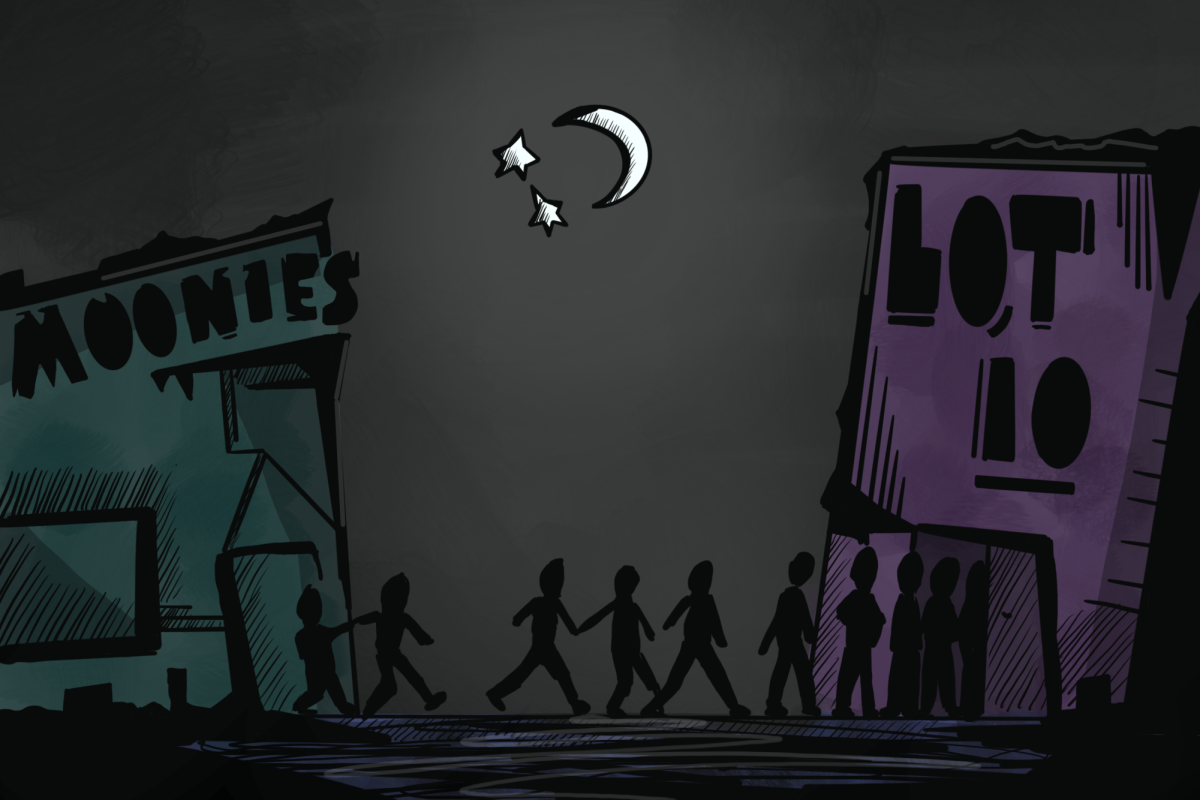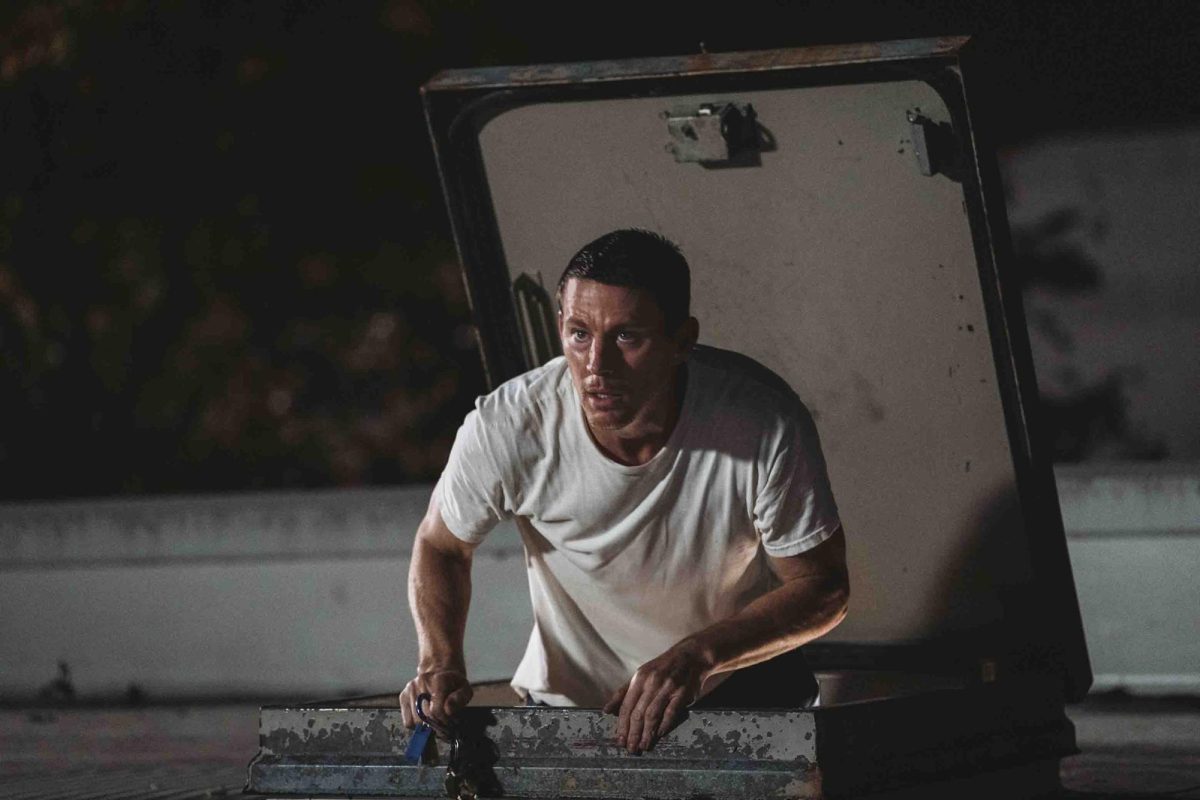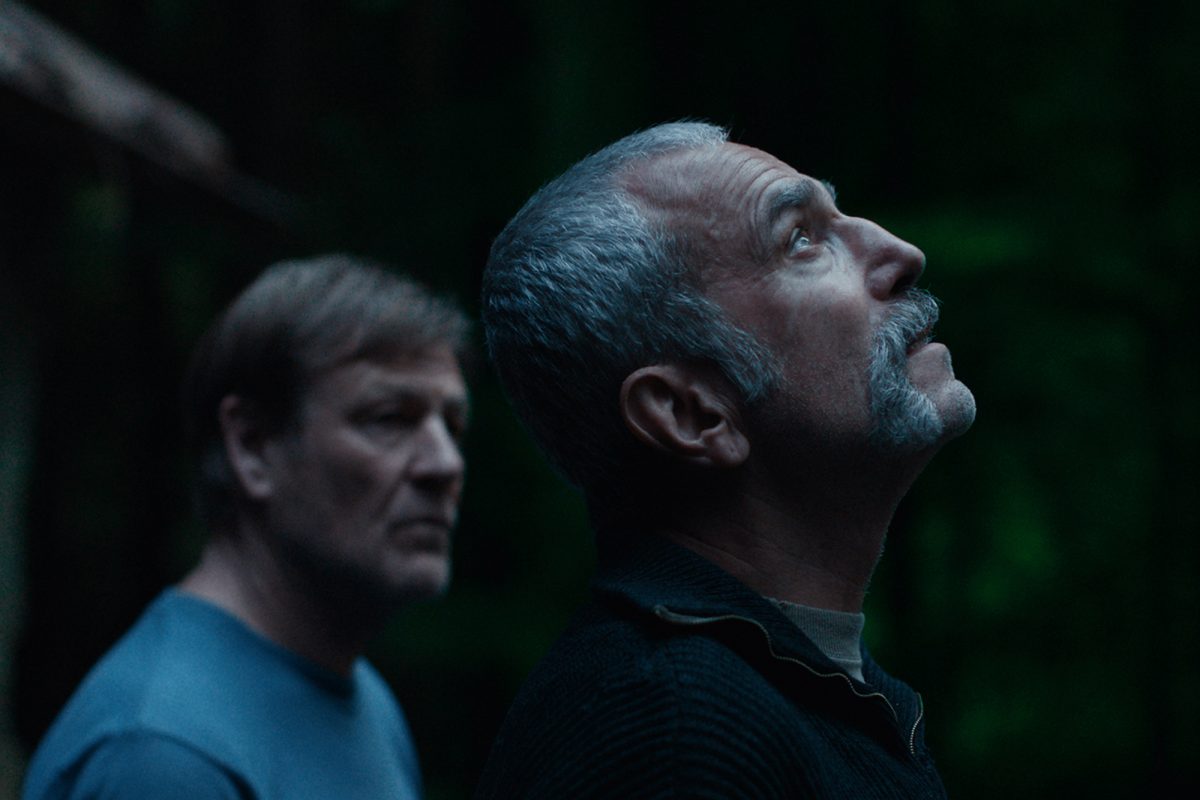4.5 out of 5.0 stars
Indie sensation and multi-Golden Globe winner “The Brutalist” is a grandiose spectacle that deserves to be seen on the biggest screen possible. It tells the story of a Jewish-Hungarian architect who flees postwar Europe amidst the Holocaust to start fresh in the United States. Although it’s structured like a slice-of-life film, its ideas are complex and touch on legacy, immigration, love, classism and much, much more.
Adrien Brody is a tour de force as renowned architect, László Tóth. After arriving on Ellis Island, he is welcomed with open arms and is invited to live in their Philadelphia home by his cousin Attila and Attila’s wife, Audrey. He quickly finds success as a designer for their furniture business. But even in U.S., antisemitic and anti-immigrant prejudices threaten László’s success. Upon hearing László’s distaste for Attila converting from Judaism to Catholicism and the furniture they sell, Audrey’s fondness for him faded. Soon, László finds himself on the street and his cousins out of his life.
László’s journey is a rollercoaster ride that’s sometimes hard to watch. Brody is the film’s anchor, providing a performance that’s as captivating as it is authentic, careening between jubilation and depression at a dizzying pace.
In a three-and-a-half hour runtime, “The Brutalist” covers 33 years and is split by a perfectly placed 15-minute intermission. Although intermissions are commonplace in live theater, films rarely employ them. Here, it provides a chance to stand up, use the restroom, refill drinks and popcorn and reflect on the film’s first half. The final scene before the intermission teases new characters and what’s to come. By the time intermission ends, there is a pungent sense of audience anticipation as the movie kicks back off.
While homeless, László develops a heroin addiction and barely gets by as a coal miner. His infamy as a Hungarian architect gives him an opportunity to commission a private library where he is noticed by Harrison Lee Van Buren (Guy Pearce). Van Buren hires him for the design, oversight and construction of a community center in Doylestown, complete with a theatre, gymnasium and church.
Pearce plays Van Buren flawlessly, perfectly embodying the wealthy industrialist’s pretentious demeanor and self-righteous confidence. Van Buren is power-hungry, greedily exploiting the talents of others for his own gain. He takes László under his wing, giving him a room to stay in his guest house. But László is always talked down to with Van Buren saying he sounds like a man who “shines shoes for a living.” He is treated as a “pet” architect rather than a collaborator on equal footing.
“The Brutalist” feels like a cinematic blast from the past. The attention to detail is astounding with numerous vast, sweeping shots that capture beautiful locations like the Statue of Liberty, Van Buren’s mansion and Italian marble quarries. It’s a sweeping American Epic shot on VistaVision, a format famous for its use in Hitchcock’s “Vertigo” that has not been used in an American movie for decades. Despite its scale, writer-director Brady Corbet made this film with a mere $10 million budget — a rarity in today’s Hollywood landscape where most major motion pictures cost 10 times as much. But not once does the film feel constrained by minimal finances.
While the first half builds up the American Dream — the second half burns it to the ground. The film goes from a rather conventional story to one with plenty of twists, turns and tragedies. Spearheading this second half of the film is Erzsébet (Felicity Jones), László’s wife. After years of being stuck at the border of Austria, she finally makes it to the U.S. to join him. She is strong-willed, knows exactly what she wants and is willing to fight for it. Jones’ electrifying presence dominates the screen even in scenes with the equally talented Brody or Pearce.
“The Brutalist” is much more than another film you’ll catch at your local multiplex; it is an experience. One that explores whether the U.S.’ capitalist regime is any better than the fascism László escaped. By the end, the audience is left baffled by the film’s darker directions. It is grotesque in cognitive anguish, capturing the U.S.’ beauty and brutality. It is a celebration and a funeral. At the very least, this film is — to steal one of Van Buren’s favorite phrases — “intellectually stimulating.”








